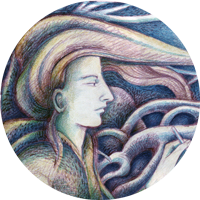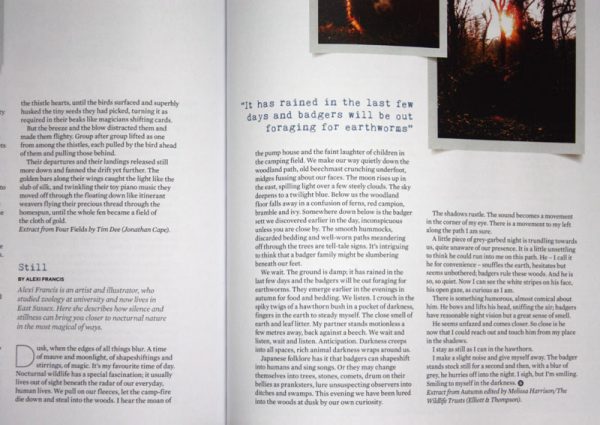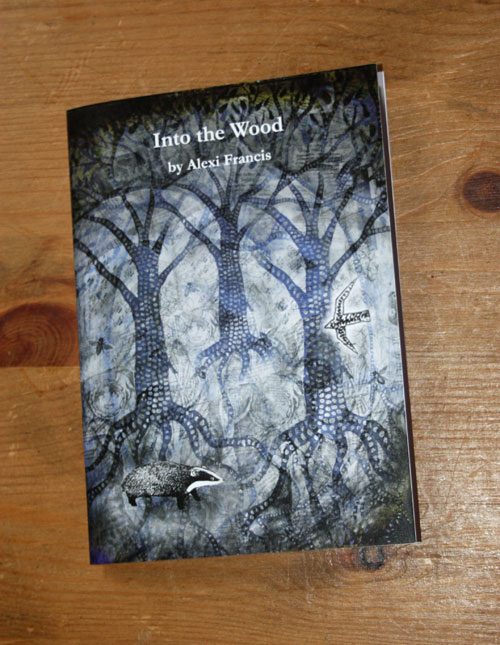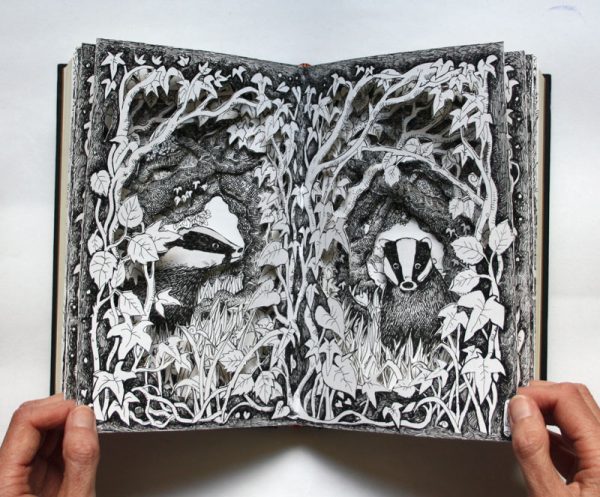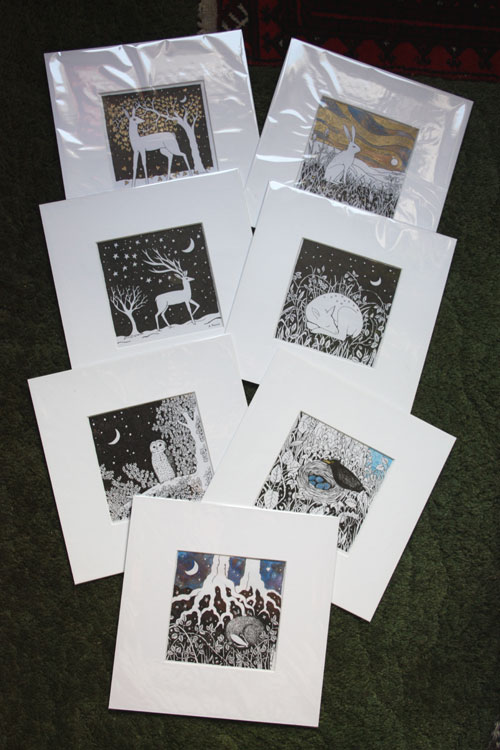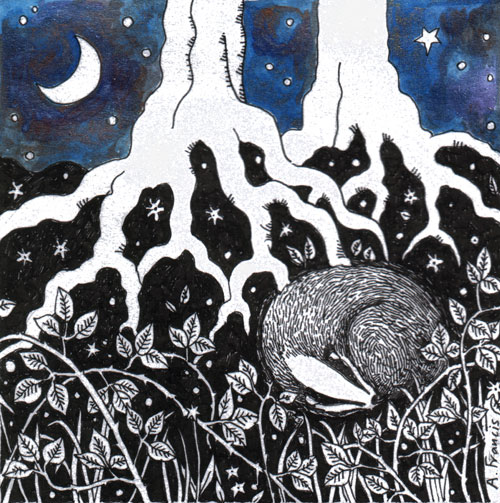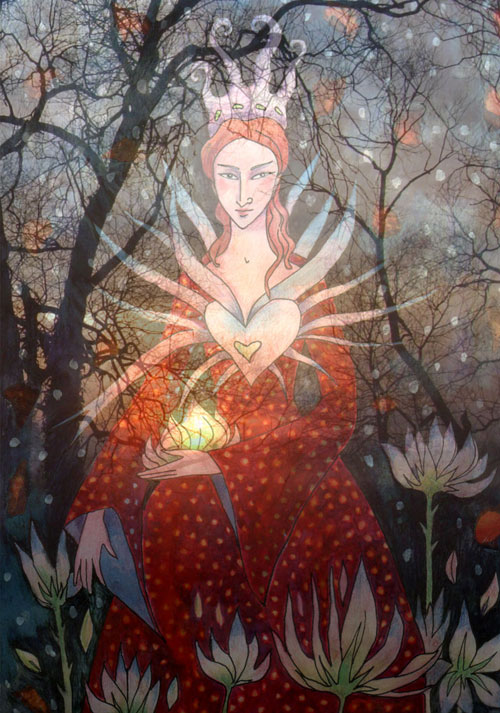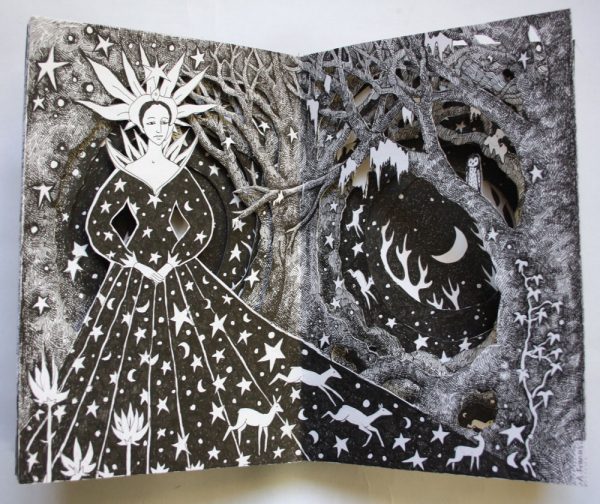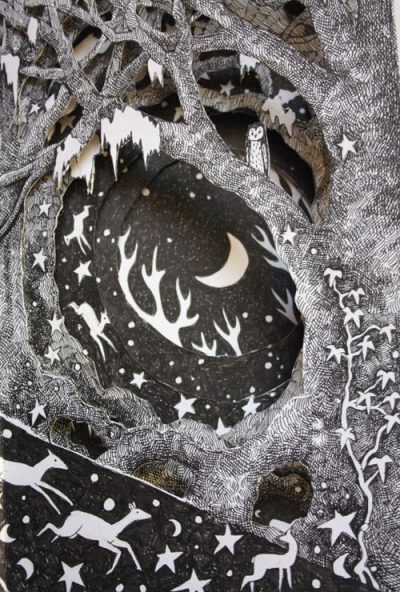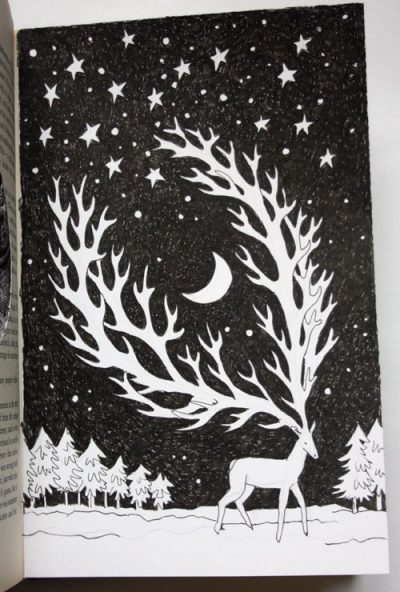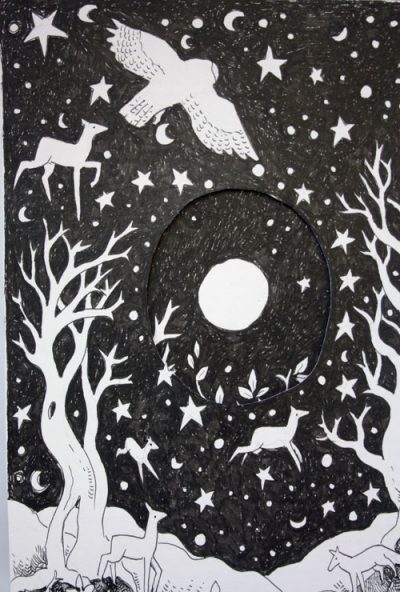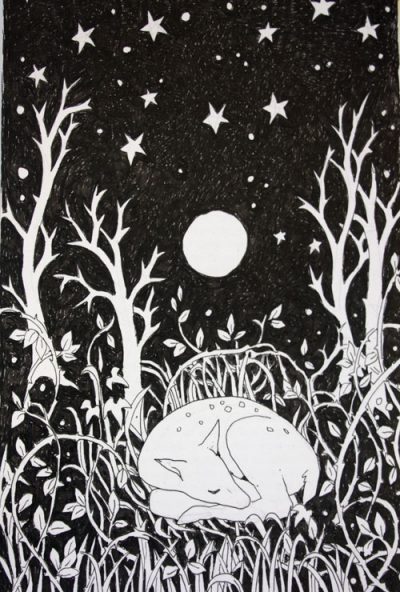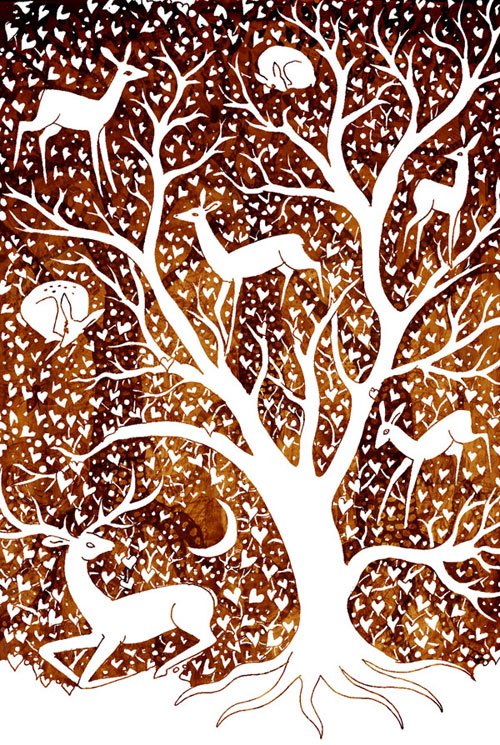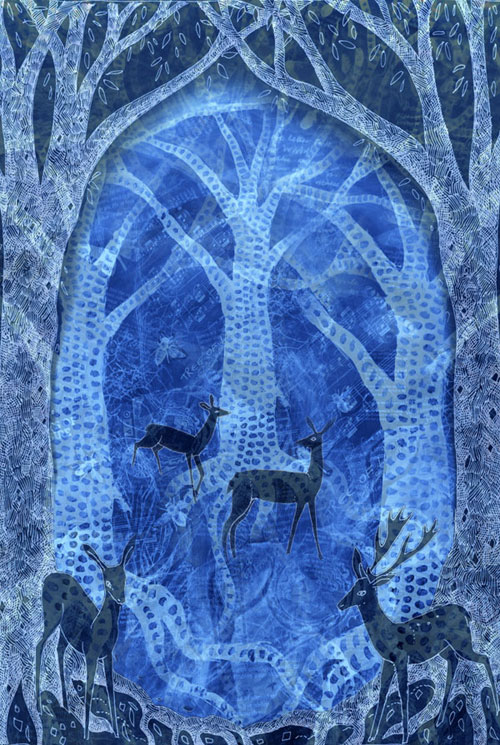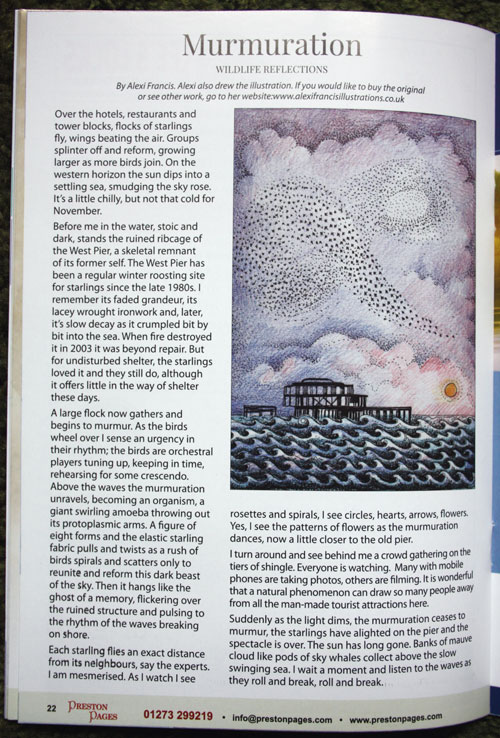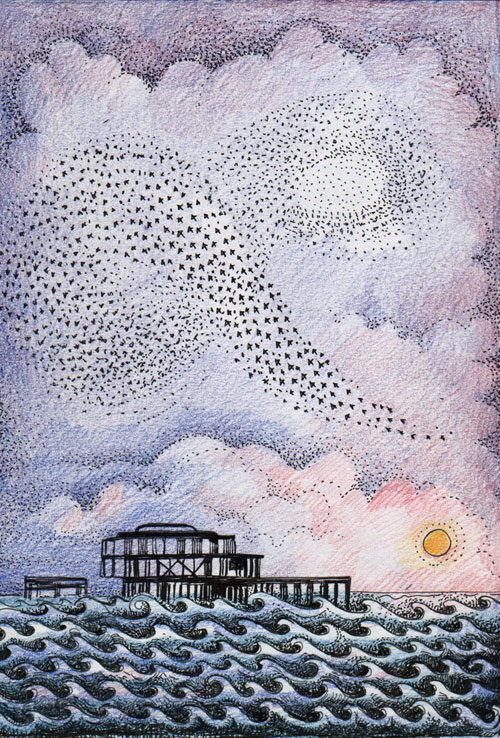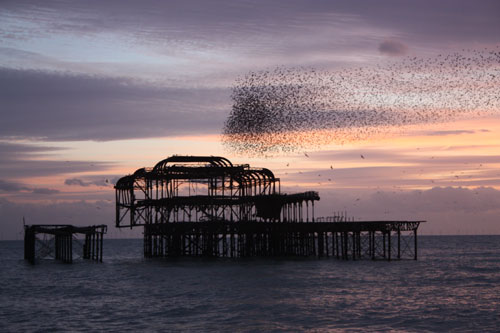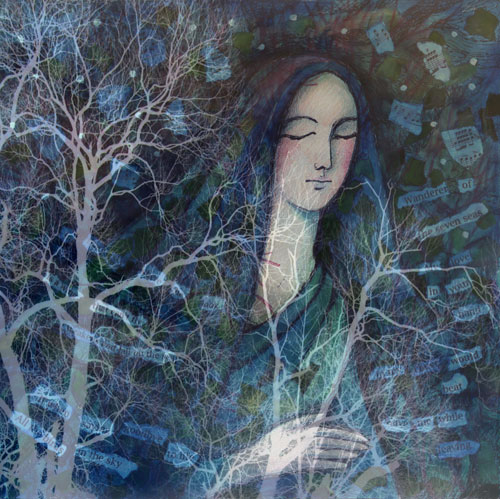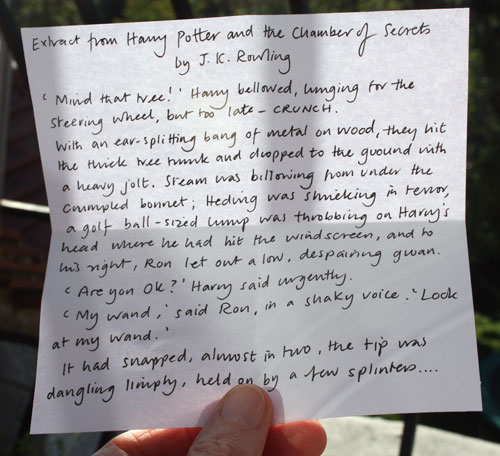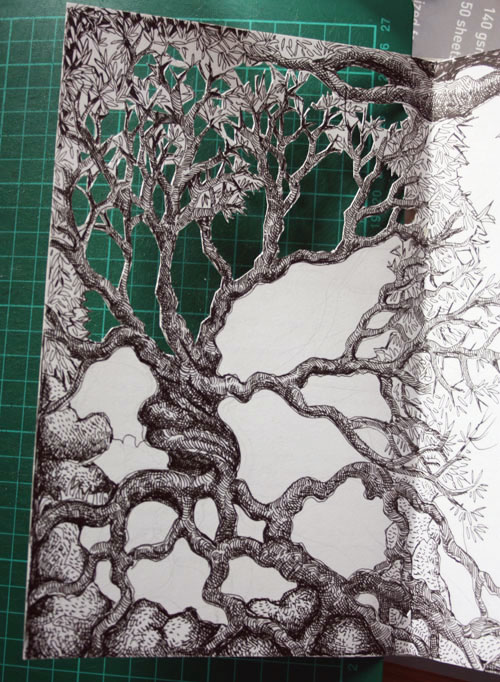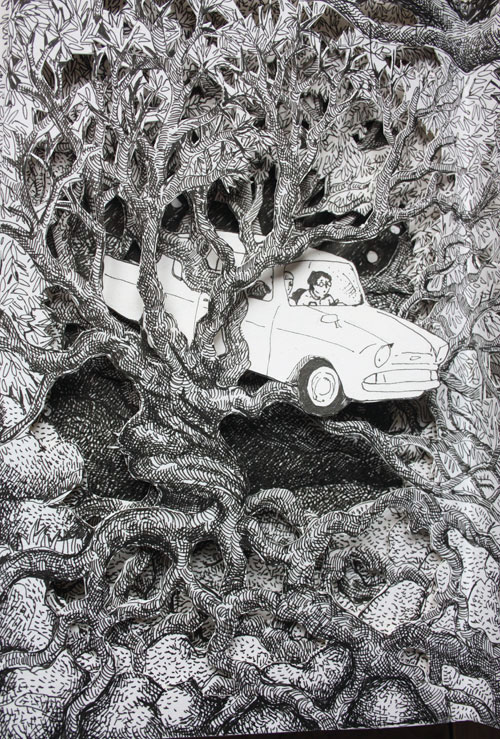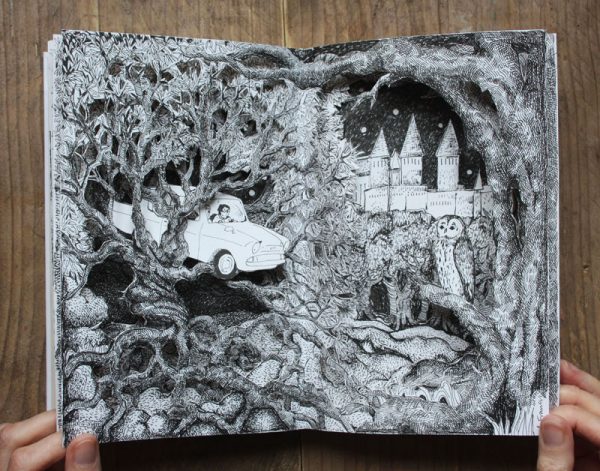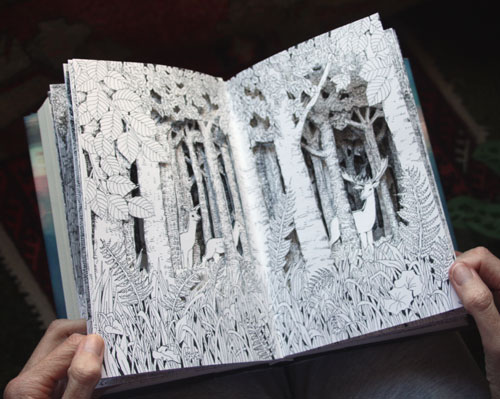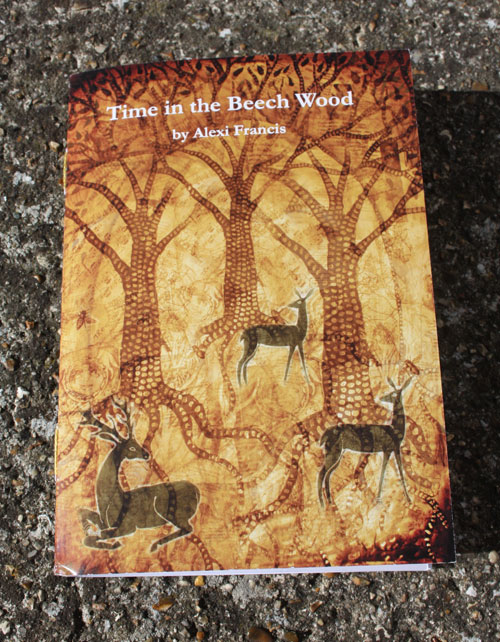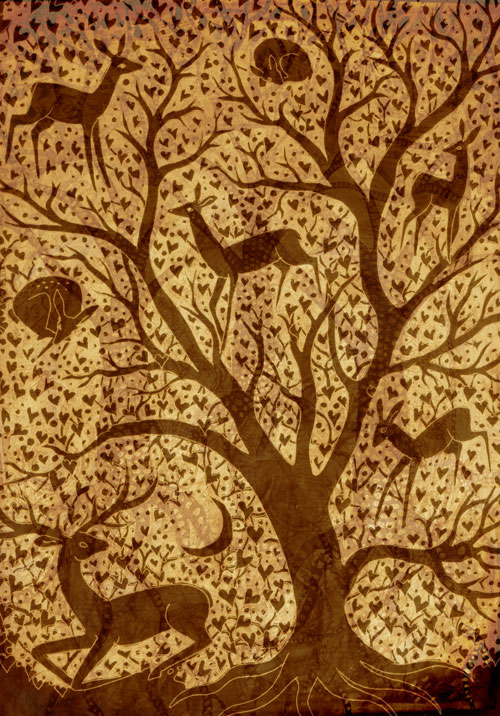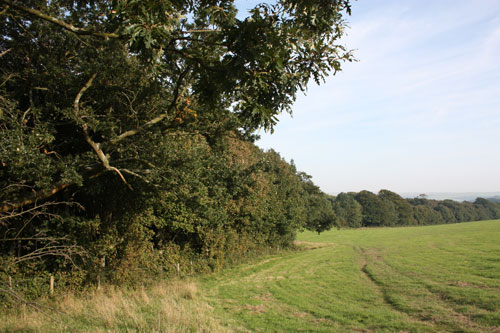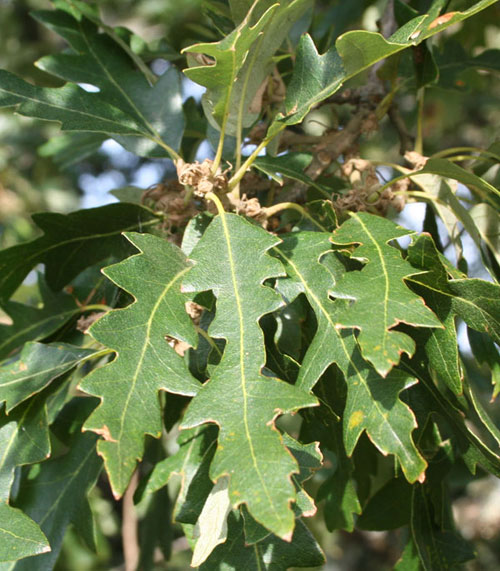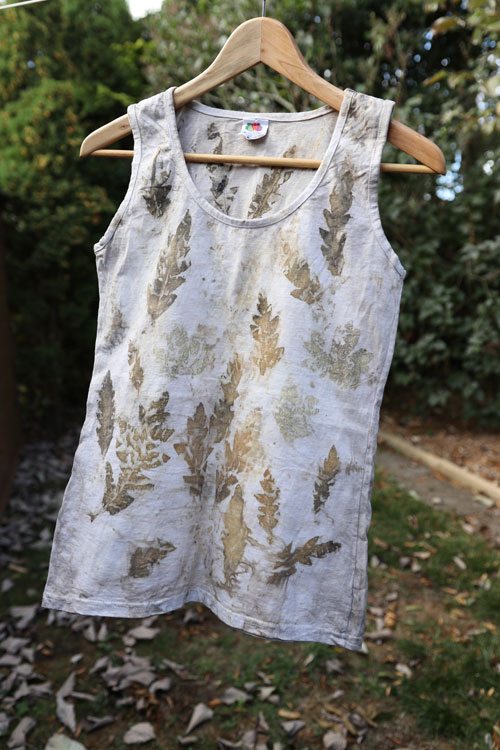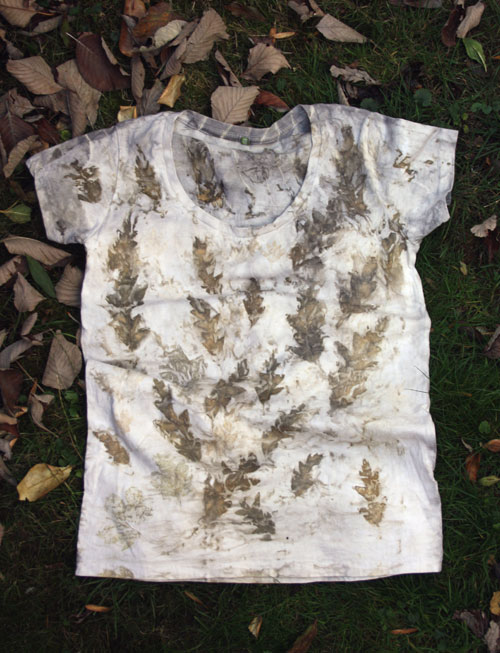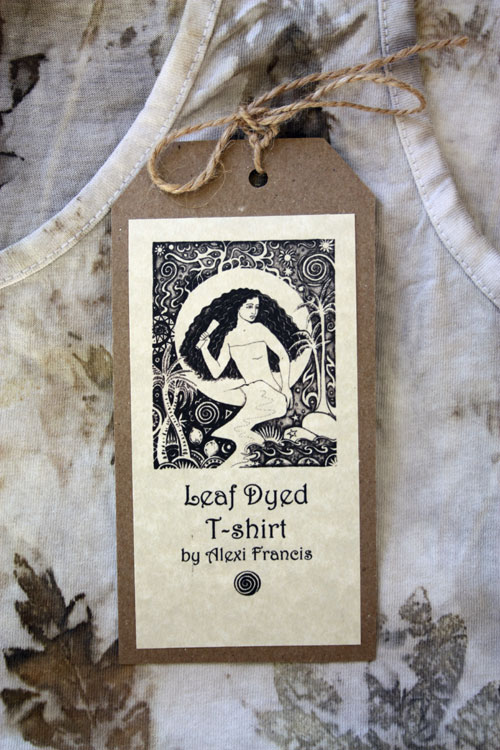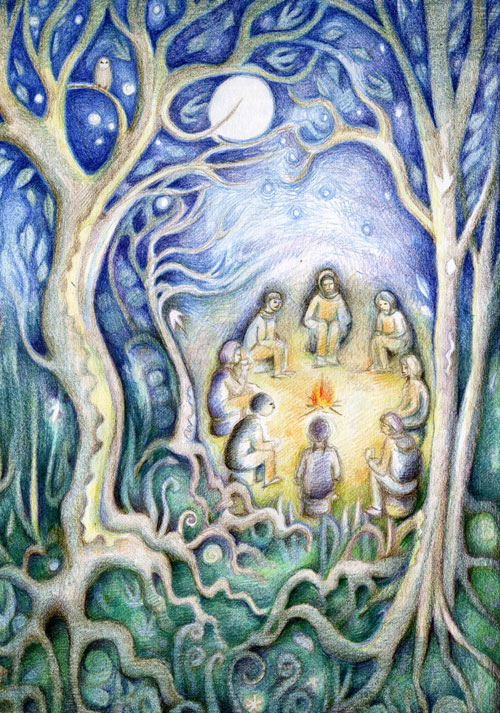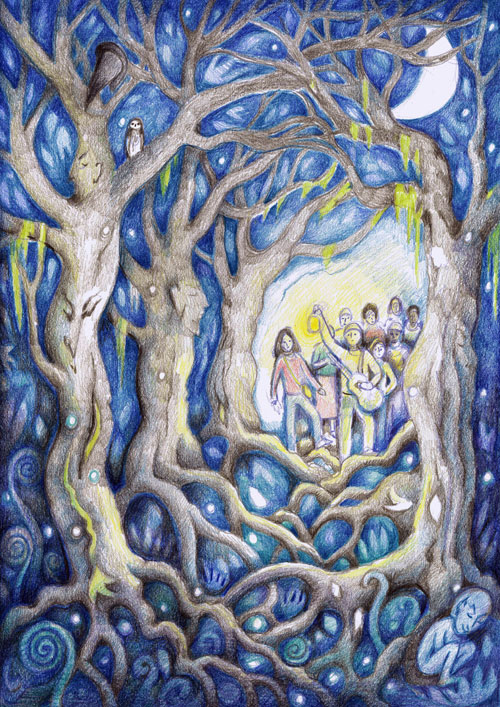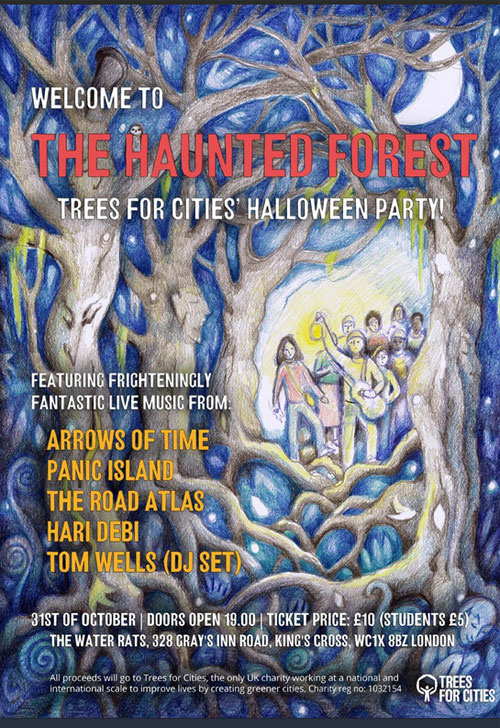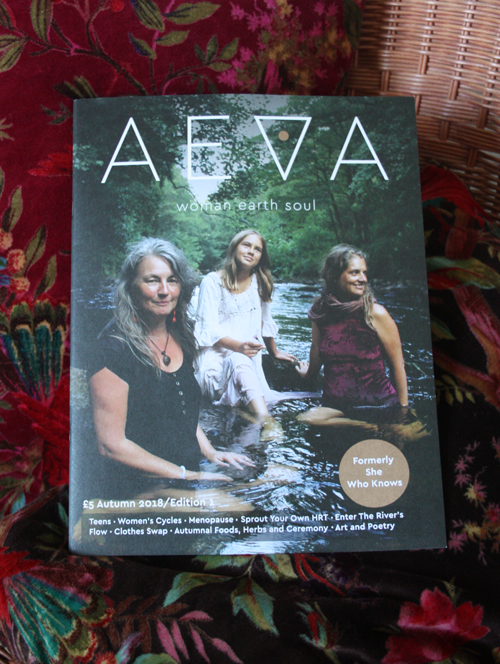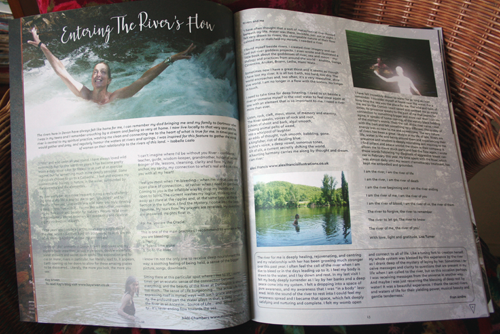We recently visited Wakehurst Place in West Sussex. I haven’t been there since I was a child. It was a damp but bright day and the gardens were autumnal, browns, russets, greys.
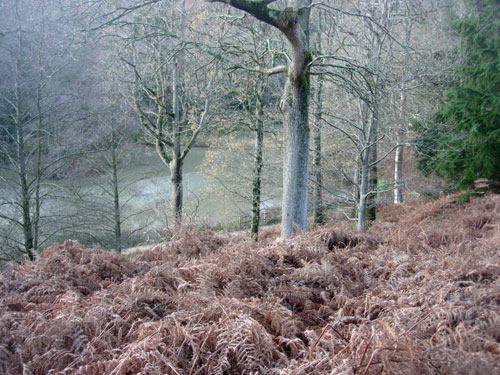
I liked the carvings and one in particular, the portrait of a Sika deer’s head in a living Japanese cedar tree:
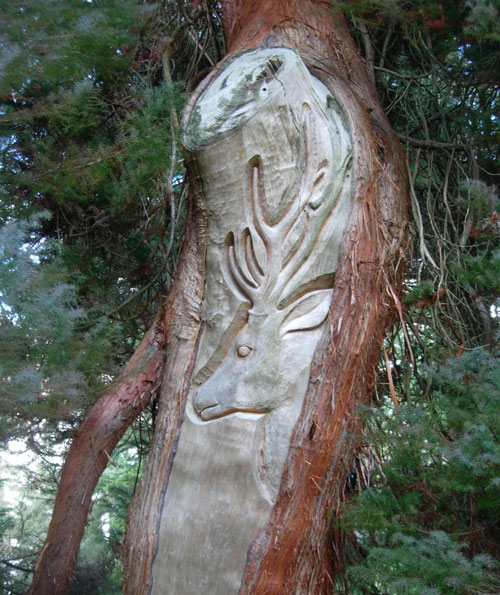
It’s by Japanese Tachigi-bori carver, Masa Suzuki. Tachigi-bori means ‘standing-wood carving’ and is a traditional Japanese practice of carving sculptures into living trees. According to Shinto belief, all things have a sacred force and a large old tree would have a strong sacred force. The carving gives form to the tree’s spirit. This carving was done in dead wood that arose from the great storm in 1987. The dead wood where the carving has been made will eventually heal over with callus wood in the next 25-30 years. For Masa it’s all about connecting to the natural world.
The Sika deer was chosen as, in Japan, it is traditionally seen as a messenger between the earth and the spirit world. The deer were introduced into the UK by the Victorians and I’ve seen them at Arne RSPB Nature reserve.
Well before the Victorians, according to my medieval bestiary,
…”Stags are the enemies of serpents: as soon as they feel the symptoms of illness, they entice snakes out of their holes with the breath of their noses and overcoming their harmful poison, feed on them and are cured……..after they have eaten a snake, they hasten to a spring and drinking from it, their grey hairs and all signs of age vanish….Does do not conceive until Arcturus appears in the heavens.”
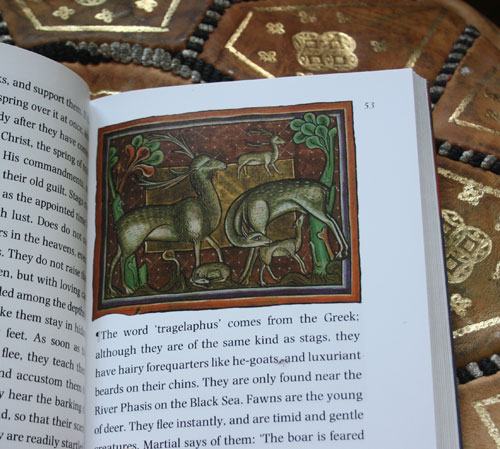
The book mentions other peculiarities such as the ability of deer to eat a herb that will help draw out arrows which have harmed them. Such is the weird and wonderful medieval world.
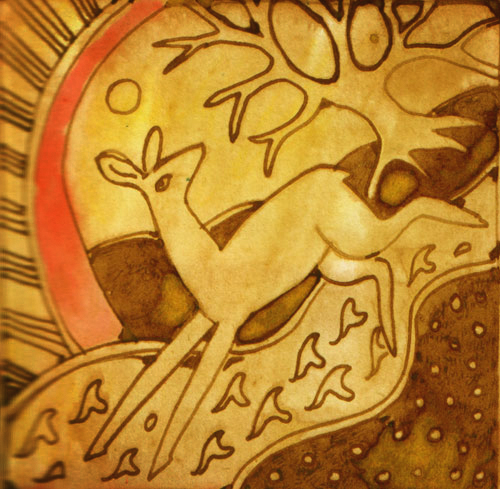
I thought I’d create a little shrine to the spirit of the deer:
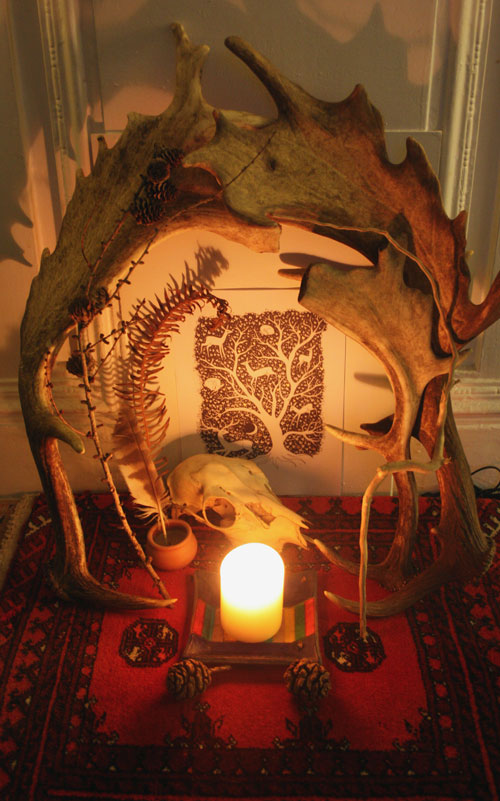
Recently I stumbled on some music I liked by Martha Tilston and was pleased to find it is called Stags Bellow. Here is a Youtube video of the song:
